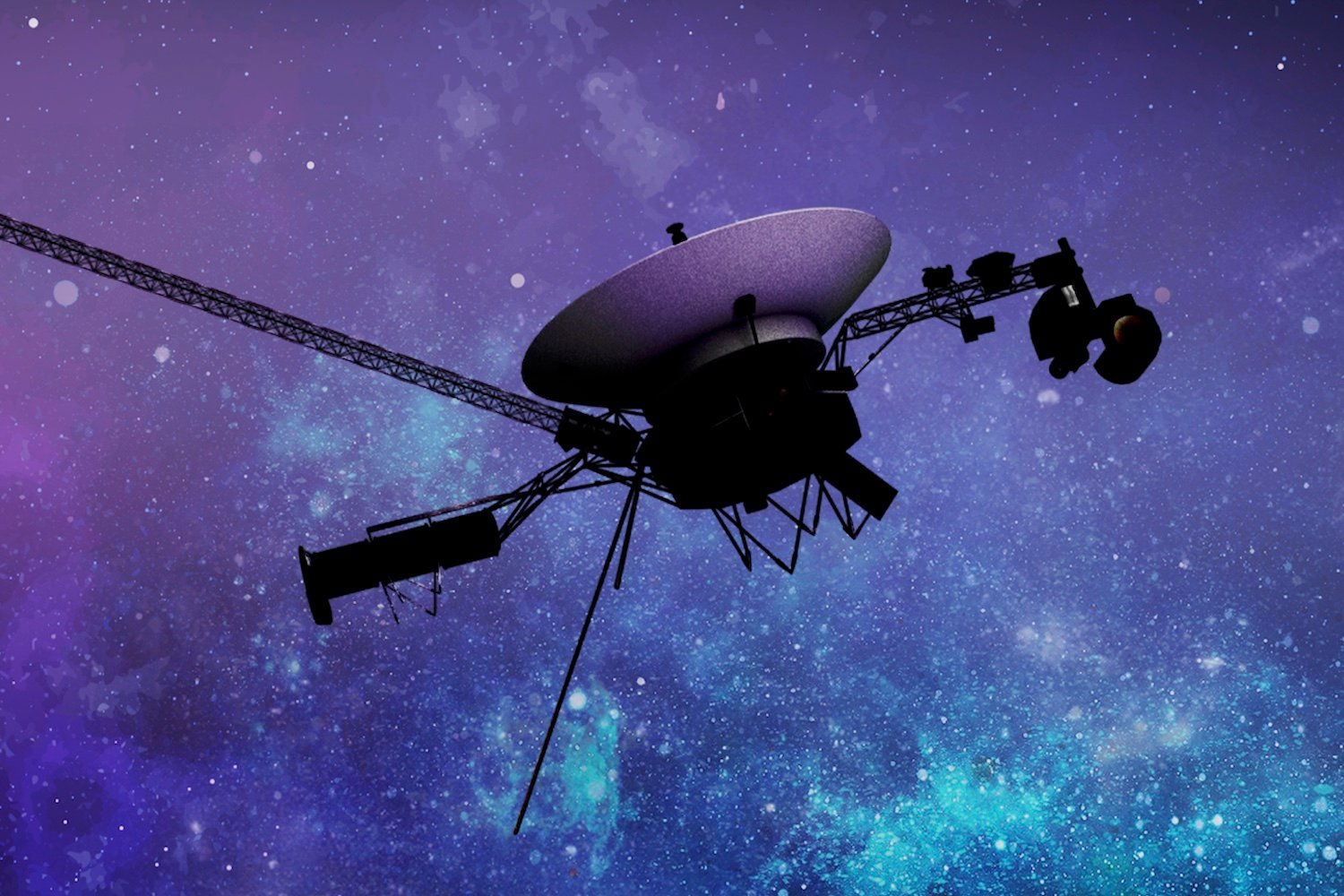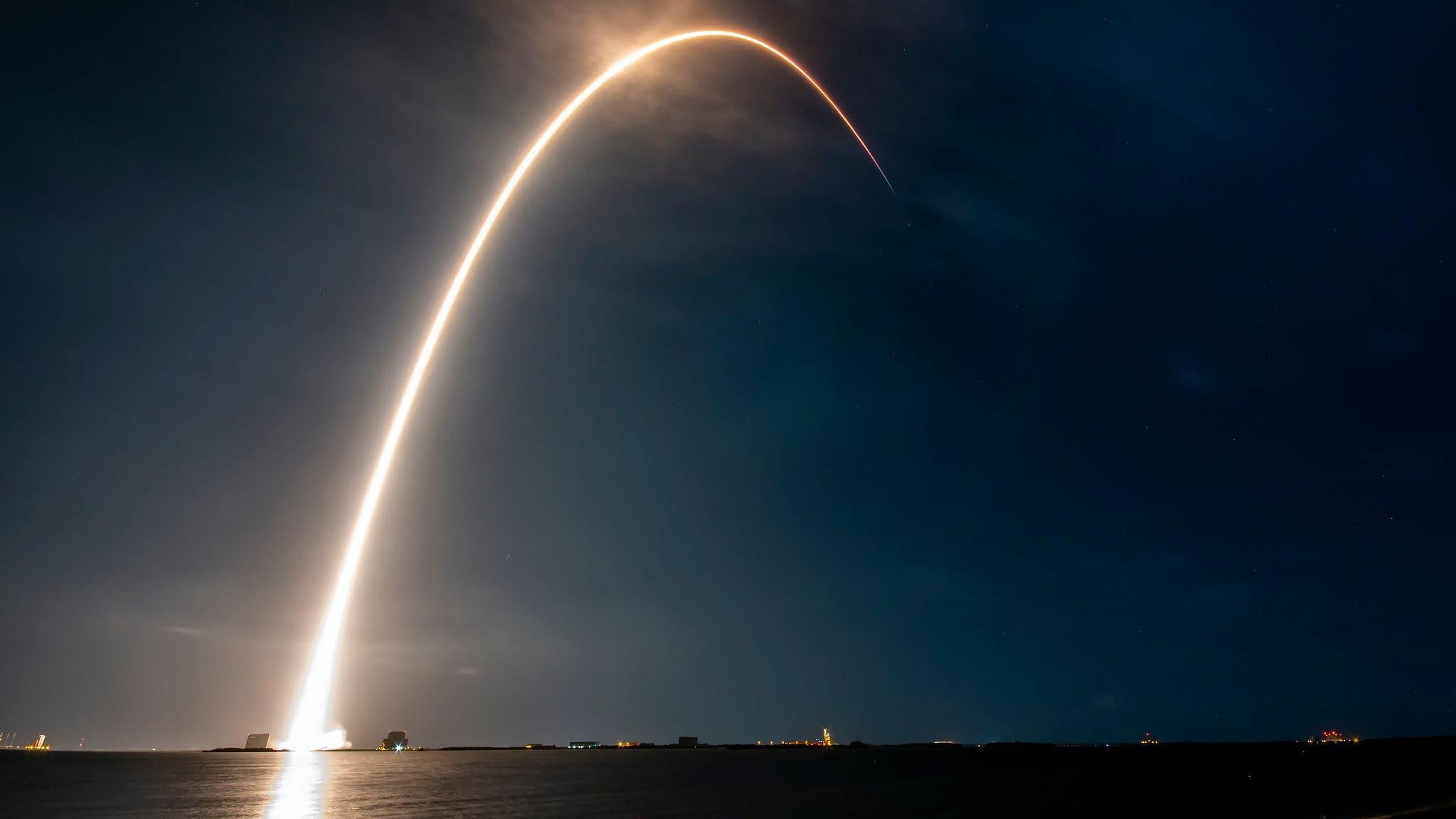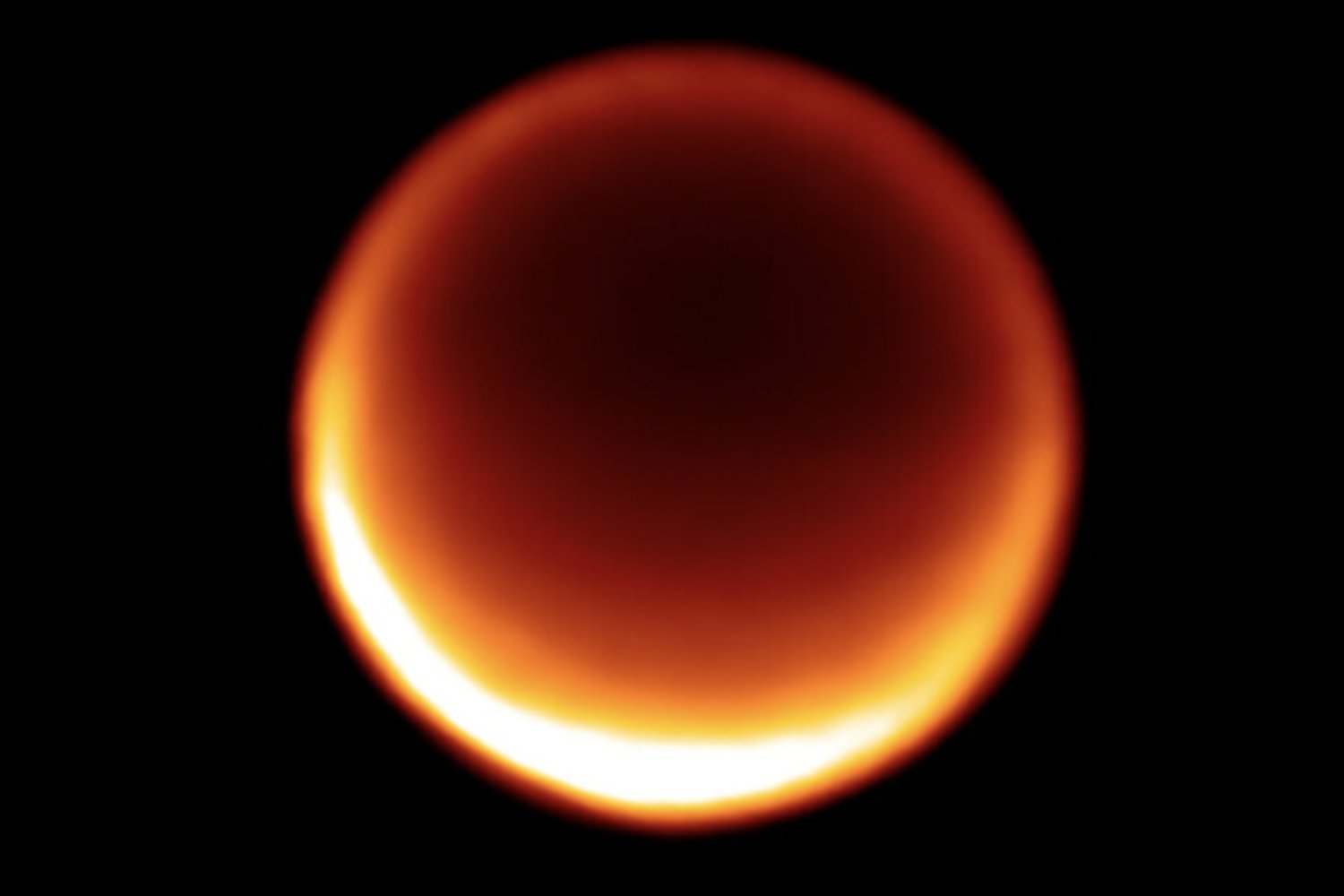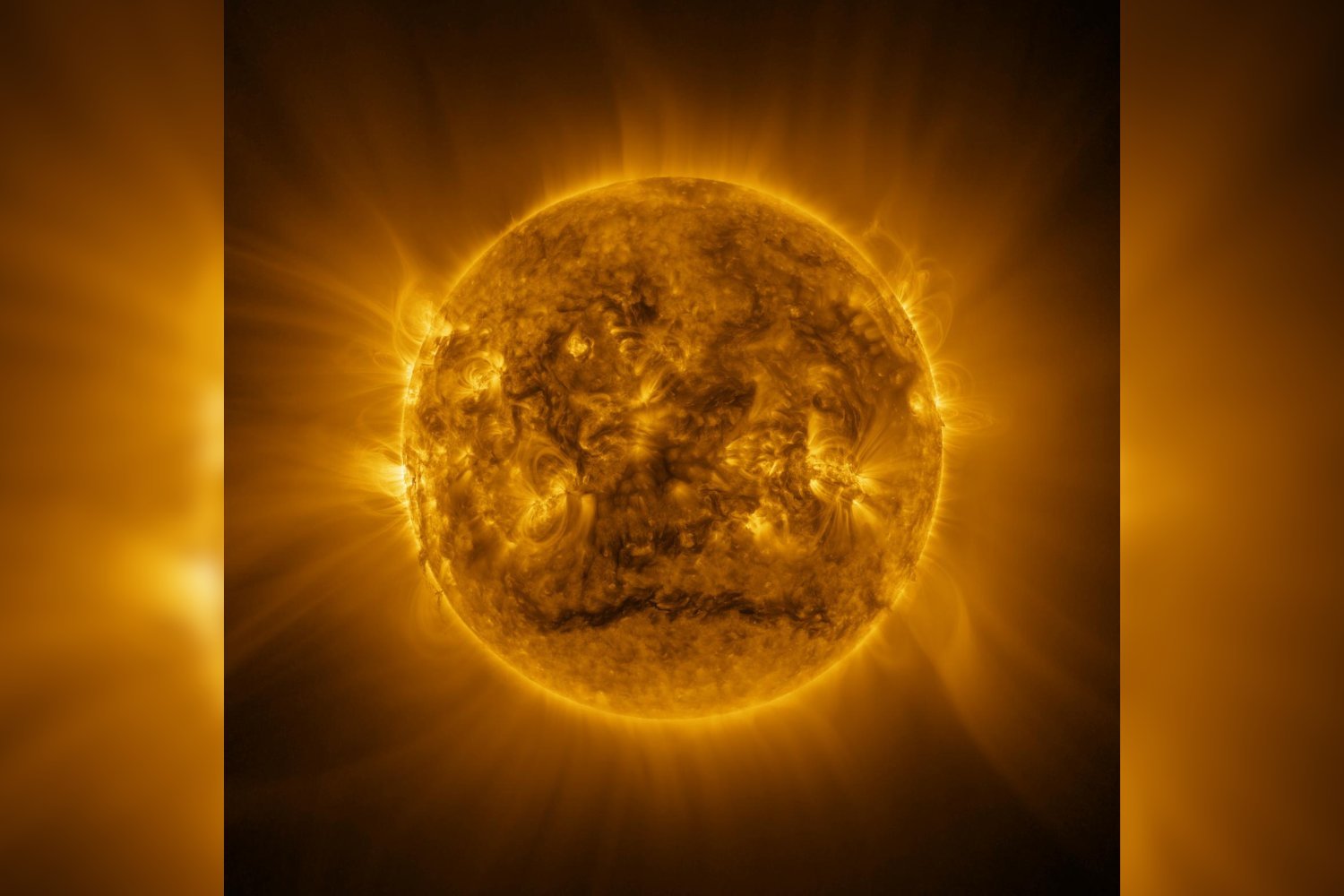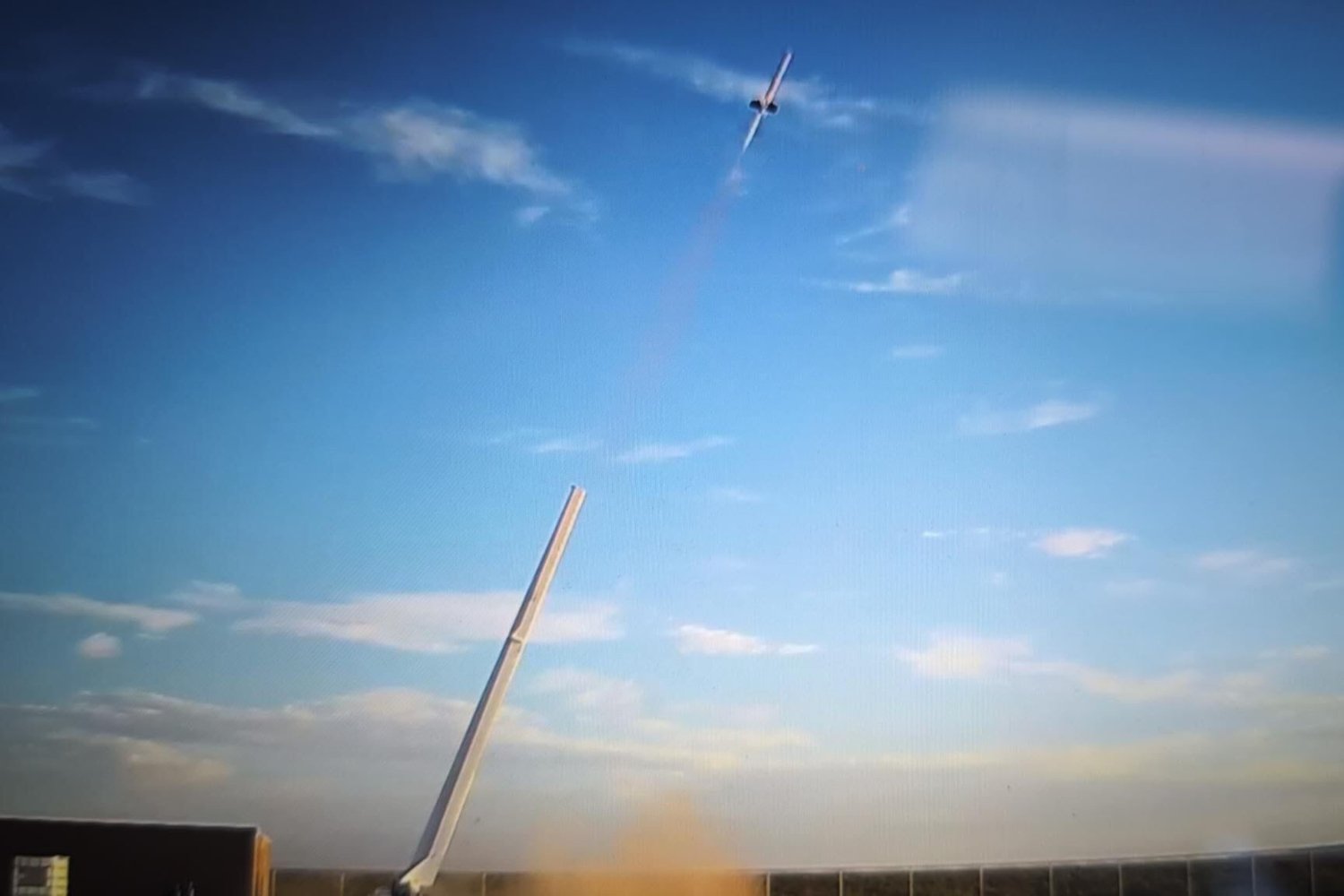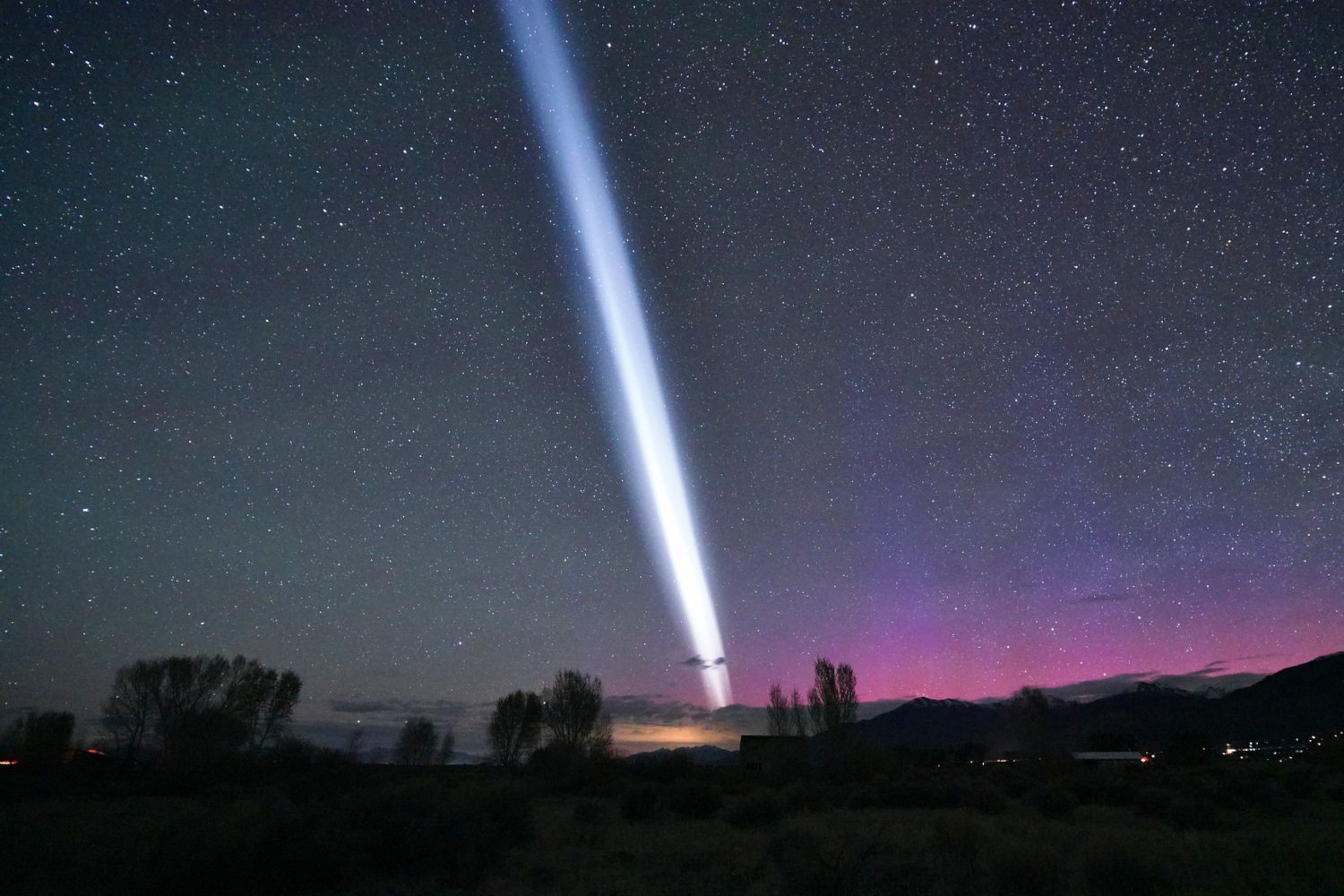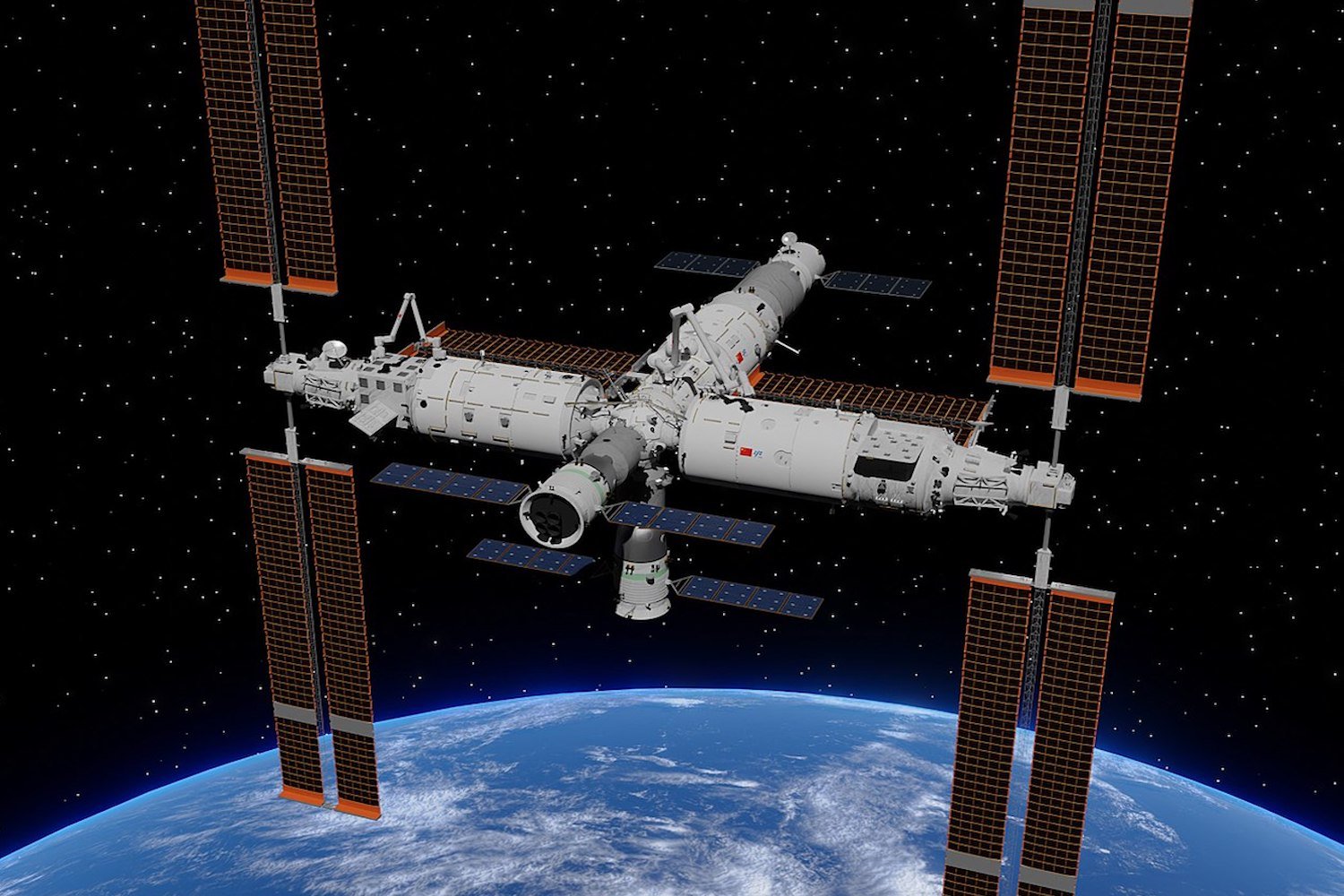NASA’s Voyager 1, a spacecraft with nearly 50 years in the harsh environment of space, has received a new lease on life. Engineers have successfully reactivated a set of thrusters dormant for decades, showcasing ingenuity in maintaining aging hardware millions of miles from Earth.
This revival addresses a critical need as Voyager 1’s primary roll thrusters failed in 2004 due to power loss in their internal heaters. While backup thrusters have kept the spacecraft oriented correctly, their continued use risked clogging. This reactivation comes just ahead of a planned upgrade to the Deep Space Network’s Canberra antenna, the only dish powerful enough to communicate with Voyager 1. This upgrade, starting May 4 and lasting until February 2026 (with brief operational periods in August and December), necessitates Voyager 1’s self-sufficiency.
The Canberra antenna upgrade presents a significant communication gap, raising concerns about the backup thrusters’ reliability during this period. A failure could have dire consequences, including the automatic firing of dormant thrusters if the spacecraft drifts from its guide star, potentially causing catastrophic damage.
Engineers revisited the original failure of the primary roll thrusters, suspecting a circuit disturbance affecting the heaters’ power supply. They theorized that restoring the switch to its original position could revive the heaters and, consequently, the primary roll thrusters.
On March 20, this theory proved correct. The long-dormant primary roll thrusters were successfully reactivated. This unexpected success, deemed a “miracle save,” ensures Voyager 1’s continued operation during the communication blackout.
Launched in 1977, shortly after its twin, Voyager 2, Voyager 1 has traveled an astounding 15.14 billion miles (24.4 billion kilometers), crossing into interstellar space. Its journey has led to significant discoveries, including new moons around Jupiter and Saturn and a new ring around Saturn. Voyager 2 followed a different trajectory, exploring the gas giants Jupiter and Saturn before venturing on to Uranus and Neptune.
The Voyagers’ longevity comes despite the challenges of age and distance. Powered by decaying plutonium converted into electricity, they lose about 4 watts of power annually. To conserve energy, non-essential systems and instruments have been deactivated. Even with these power constraints, engineers estimate the Voyagers could operate into the 2030s, surpassing their 50th anniversary in space.
This successful reactivation of Voyager 1’s thrusters underscores the dedication and ingenuity of the teams supporting this historic mission, ensuring its continued exploration of the interstellar frontier.



